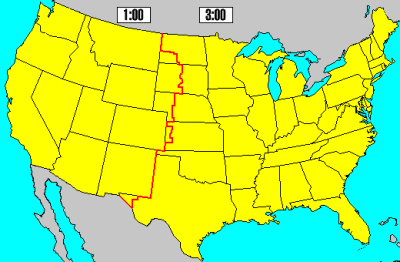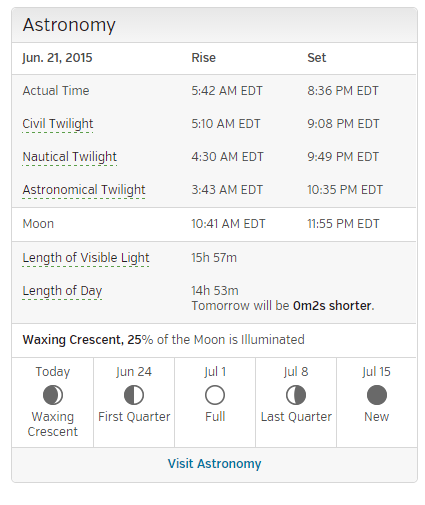In places that follow it, the U.S. switched from Daylight Saving Time to Standard Time this morning. Practically this means 1) we get an “extra” hour today (yay for manipulating time through philosophy of knowledge principles) and 2) it means it will be lighter in the morning and pitch black when I leave the office at 5pm on Monday evening. Based on when we switch back, however, Standard time isn’t really standard any more.

Daylight Saving Time applied in the U.S. for 237 days in 2015. That means will only have been on so-called Standard time for 128 days out of the 365 in 2015. For 2016 we’ll be on DST for 239 out of 366 days (Thanks, Gregorian calendar!).
So how can something be “standard” if it’s the smaller portion of the division?
Random things I ponder as I reset the 23 clocks I have in my house.
If you want to read more, check out this great article on how the U.S. Navy master clock keeps time for the world or CNN’s annual piece on the myths behind Daylight Saving Time.



 Einstein’s
Einstein’s